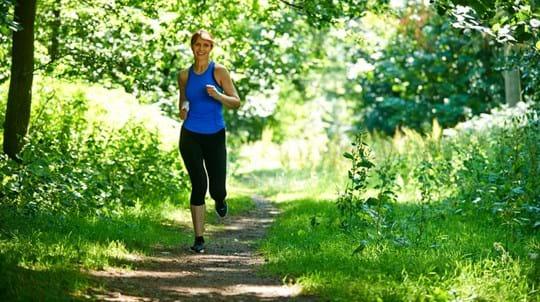
Blog
The benefits of exercising in nature
Hannah Vickers • 14 Jan 2019

Volunteer content writer
We think trees and forests are amazing and we hope you do too! Trees have been around since before the time of the dinosaurs and are absolutely essential to life on Earth as we know it. Our forests are the lungs of our planet, providing us (free of charge) with the air that we breathe, rich and varied ecosystems and all sorts of useful and delicious products (chocolate, anyone?). If you need more inspiration to get out into the woods, check out these must–know facts about UK trees and forests.
Not all rainforests are tropical jungles, you know! The UK is home to numerous pockets of temperate rainforest – an incredibly special and rare habitat that is thought to be even more threatened than its flashy, tropical cousin. These lush and abundant deciduous woodlands have high rainfall and humidity, due to the influence of the sea and a lower variation in temperature. Rainforests are one of the most biodiverse environments in the UK and provide essential habitat for moisture–loving lichens, liverworts and mosses, as well as other flora and fauna.
The tallest trees in the UK are almost certainly Douglas fir (Pseudotsuga menziesii). One giant specimen near Betws–y–Coed in Wales was recorded at a towering 67.5 metres and you can find a number of Britain’s tallest Douglas fir, larch and lime trees at Reelig Glen, in Scotland.
Our tallest native tree is a common beech (Fagus sylvatica), standing at a not–insignificant 45m, next to the River Derwent in Derbyshire.
You may well have heard of the Japanese practice of Shinrin–yoku, or forest bathing, that has recently taken the UK by (very calm and mindful) storm, but did you know that it’s now even prescribed by doctors? Studies have shown that time among trees can lower blood pressure and cortisol levels and help with depression. The chemical compounds that trees release to protect themselves, called phytoncides, have even been found to have positive effects on the human immune system. Many of the same benefits can be gained through a simple woodland walk or exercising in nature.
The world's biggest trees, giant redwoods, are positively thriving in the UK having been introduced by the Victorians. There are an estimated 500,000 growing here – more than in their native California!
Tricky to measure. It’s difficult to say what the biggest tree is in terms of mass, as it’s largely based on estimates. There are several contenders for the title, including the Marton Oak, the Canford Chestnut and the Bowthorpe Oak, each with a girth of more than 13 metres.
There are over 60,000 species of tree worldwide, but the UK is home to a small and select bunch of them, many of which I’m sure you’ll recognise. Native species are those which colonised the UK following the last ice age and were not introduced by humans. Some of the top superstars of the UK’s woodlands are English oak (Quercus robur), beech (Fagus sylvatica), silver birch (Betula pendula), hawthorn (Crataegus monogyna) and hazel (Corylus avellana). My personal favourite is the white willow (Salix alba). What’s yours?
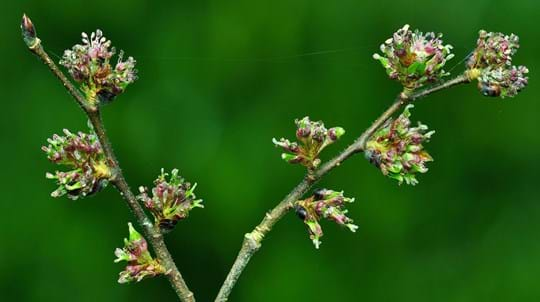
Trees woods and wildlife
Our A-Z guide to British trees from native species to naturalised and widely planted non-natives.
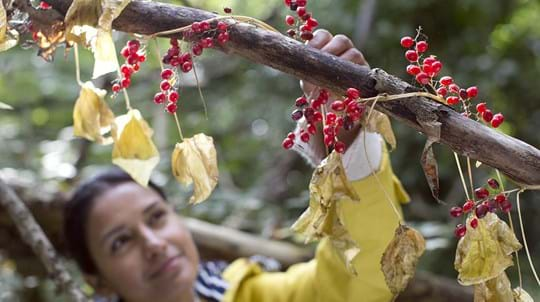
Trees woods and wildlife
All trees have clues and features that can help with identification. You just need to know what to look out for with our quick guide.
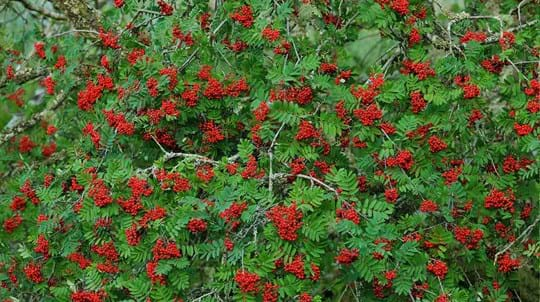
Blog
Laura Cottam • 21 Dec 2018
Though we’re not 100% sure which one! Determining the age of ancient trees is difficult, as often there’s no way to count the rings. However, our oldest trees are almost certainly yew trees, some of which are estimated to be at least 2,000–3,000 years old – some even believe it could be as much as 5,000 years! The Fortingall Yew in Perthshire is said to be the UK’s oldest, though other yew trees may be of a similar age.
It may be easy to forget sometimes, but we’re in the midst of a climate emergency and we need to act fast. Trees are one of our greatest weapons in this battle and we’re going to need lots more of them. Trees can not only capture and store carbon, but help reduce pollution and temperature, prevent flooding, enrich soil, increase biodiversity and aid human health. It’s also vital that we protect the trees and precious ancient woodlands we already have. Ancient and long–established woods are much better at storing carbon than other woodland.

Planting more trees is one of the best natural climate change solutions. Find out how trees lock up carbon and how many we need to reach the UK's carbon net zero target by 2050.
Read the factsGalloway Forest Park covers almost 300 square miles across Dumfries and Galloway and is the largest UK forest, followed closely by Kielder Forest in Northumberland, at 235 square miles. Quite some way behind, in third place, is the New Forest – a mere 104 square miles. Wales sadly doesn’t make the top ten, but Clocaenog Forest is far from tiny, covering an area equivalent to 10,000 rugby pitches.
Our woods and forests support a vast range of species of both flora and fauna, including many of our mammals, birds, reptiles and invertebrates. Our woodlands are home to thousands of species, providing shelter, food and safe places to hide and breed. Some of the UK’s rarest and most endangered creatures are forest dwellers, including red squirrel, pine marten, Bechstein's bat, Scottish wildcat, capercaillie and hazel dormouse. We must protect these most unique and irreplaceable habitats for generations to come.

Trees woods and wildlife
Woods and trees are home to more wildlife than any other landscape, providing homes for thousands of species including our most loved animals.

Trees woods and wildlife
Woods are brimming with wildlife. Discover what's out there with our identification guides.
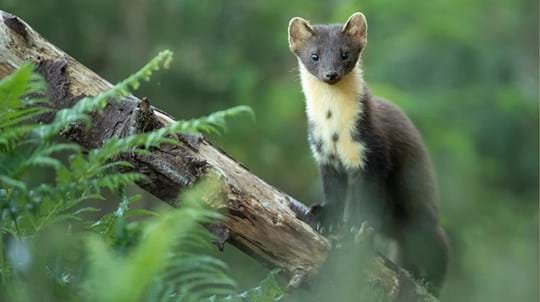
Blog
Hannah Vickers • 15 Apr 2019
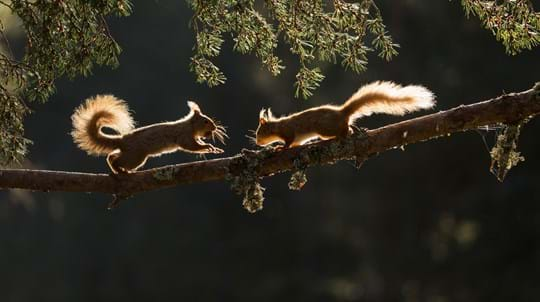
Blog
Charlotte Varela • 09 May 2019
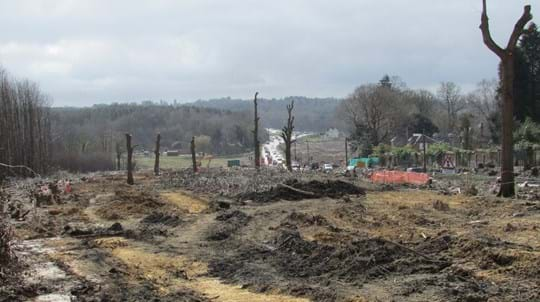
Protecting trees and woods
Threats to woodland, wildlife and the wider environment are growing. Our trees and woods face a challenging combination of pressures, from humans, pests and diseases.
Only around 13% of the UK’s landmass is covered in woodland, compared to a European average of 44%. Of that 13%, around half is conifer plantation, while around a fifth is ancient. Only around 2% of the UK is covered by ancient woodland. Things have improved somewhat since 1905, when woodland cover is estimated to have been as low as 5%, but we still have a long way to go and urgent action is needed. Our woods and trees face a variety of threats and although we work hard to protect, restore and create woods across the UK, we can’t do it alone. We must vastly increase native woodland creation and work to protect and enhance what we already have.
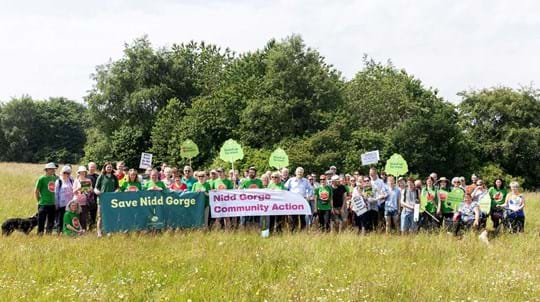
Protecting trees and woods
Together we can stand up for the environment and safeguard the UK's woodland heritage for our future.
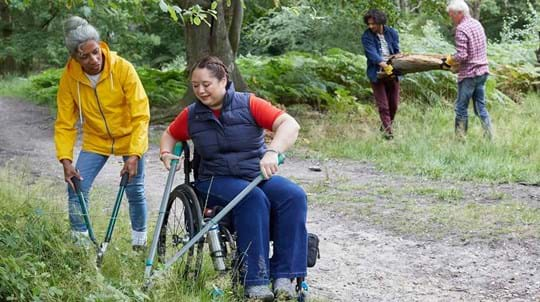
Support us
Every year, thousands of people give their precious time to help us protect and care for woods and trees.

Support us
With your support, we can ensure woods are always there, free for everyone to enjoy.
And all of them are completely free to visit! We believe everyone should be able to access woods near them, free of charge. Why not take a look to find a wood near you?
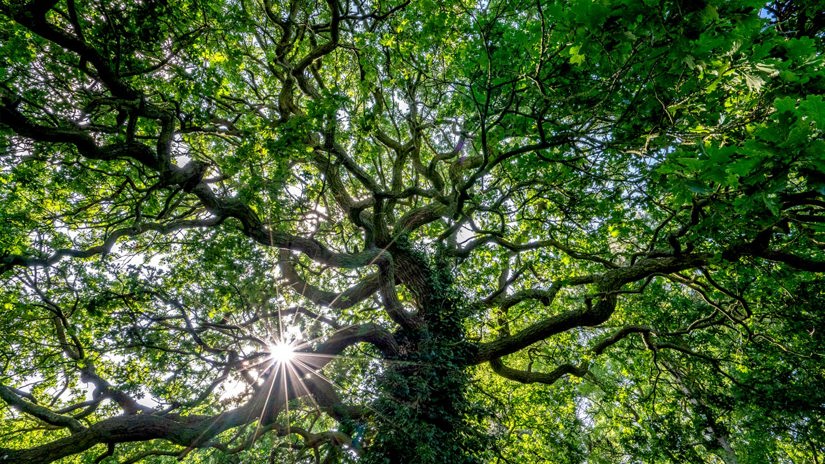
Search thousands of woods across the UK and gather information on the local facilities, features, wildlife and history in the area.
Find a wood
Visiting woods
Our woods are home to amazing plants and animals and they're all free for people to enjoy responsibly. Show them you care with our top tips for your visit.
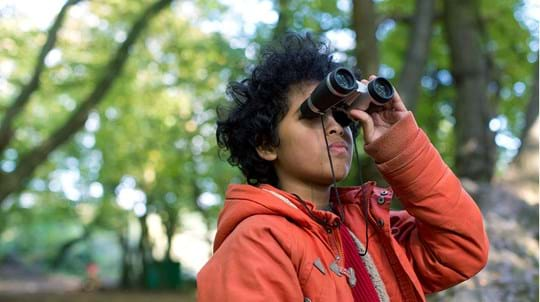
Visiting woods
Go on an adventure. Get closer to nature. Uncover history. Discover ways to explore the UK's woods whatever the season.

Visiting woods
Discover events at our woods and the festivals and fairs you can find us at soon.